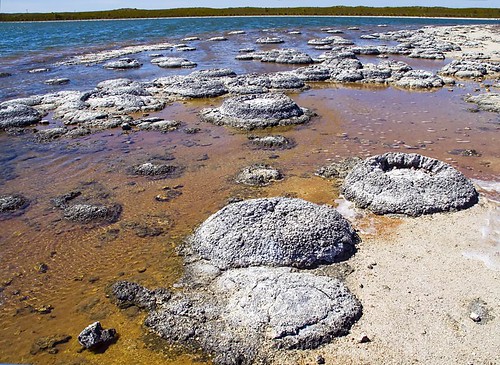IIT JAM 2012
Joint Admission Test for M.Sc. (JAM) is an all-india examination administered and conducted across the country jointly by the seven Indian Institutes of Technology on behalf of Ministry of Human Resources Development (MHRD), Government of INdia. JAM is an all India Entrance examination for admission to M.Sc. (Two Year), Joint M.Sc.-Ph.D. Dual Degree and other post - bachelor degree programmes at IITs.
ELIGIBILITY REQUIREMENTS FOR ADMISSION:
(i) At least 55% aggregate marks (taking into account all subjects, including languages and subsidiaries, all years combined) for General/OBC category candidates and at least 50% aggregate marks (taking into account all subjects, including languages and subsidiaries, all years combined) for SC, ST and PD category candidates in the qualifying degree.
(ii) Proof of having passed the qualifying degree with the minimum educational qualification as specified by the admitting institute should be submitted by 30 September 2012.
OFFLINE APPLICATION PROCESS:
Step 1: Procurement of Application Form
Step 2: Obtain SC/ST/PD Certificate (if applicable)
Step 3: Fill in the Application Form
Step 4:
(a) Paste your recent photograph (3 cm X 4 cm) in the designated place of OMR sheet.
(b) Sign at the designated places of OMR sheet.
(c) Write the test city first choice code, paper code and your address on the envelope.
Step 5: Post/Submission
Speed Post (preferably) or by Registered Post to mailing address.
ONLINE APPLICATION PROCESS:
Step 1: Payment Option: Demand draft
Step 2: Obtain SC/ST/PD Certificate (if applicable)
Step 3: Apply Online
Candidates must follow all instructions strictly while applying online.
At the end of this process, a PDF file will be generated with the following pages:
(a) Page-1: JAM 2012 Application Form
(b) Page-2: Address Slip
Take a print out of the entire file.
Step 4:
(a) Paste your recent color photograph (3 cm X 4 cm) in the designated place of Page-1.
(b) Sign at the designated places of Page-1.
(c) Paste the portion marked on the Page-2 on top of a A4-size envelope.
Step 5: Post/Submission
Speed Post (preferably) or by Registered Post to mailing address.
To apply click here: Online Application
MAILING ADDRESS:
The Organizing Chairman,
JAM 2012,
IIT Bomaby, Powai,
MUMBAI 400 076.
.
IMPORTANT DATES:
Commencement of Online Registration: 22 September 2011 (Thursday)
Last date for issue of application forms: 22 October 2011 (Saturday)
Last date for Online Registration: 25 October 2011 (Tuesday)
Last date for Submission of application:1st November , 2011
Exam date: 12 February 2012 (Sunday)
Announcement of the result: 10 April 2012 (Tuesday).
Continue Reading the Complete Article>>>








